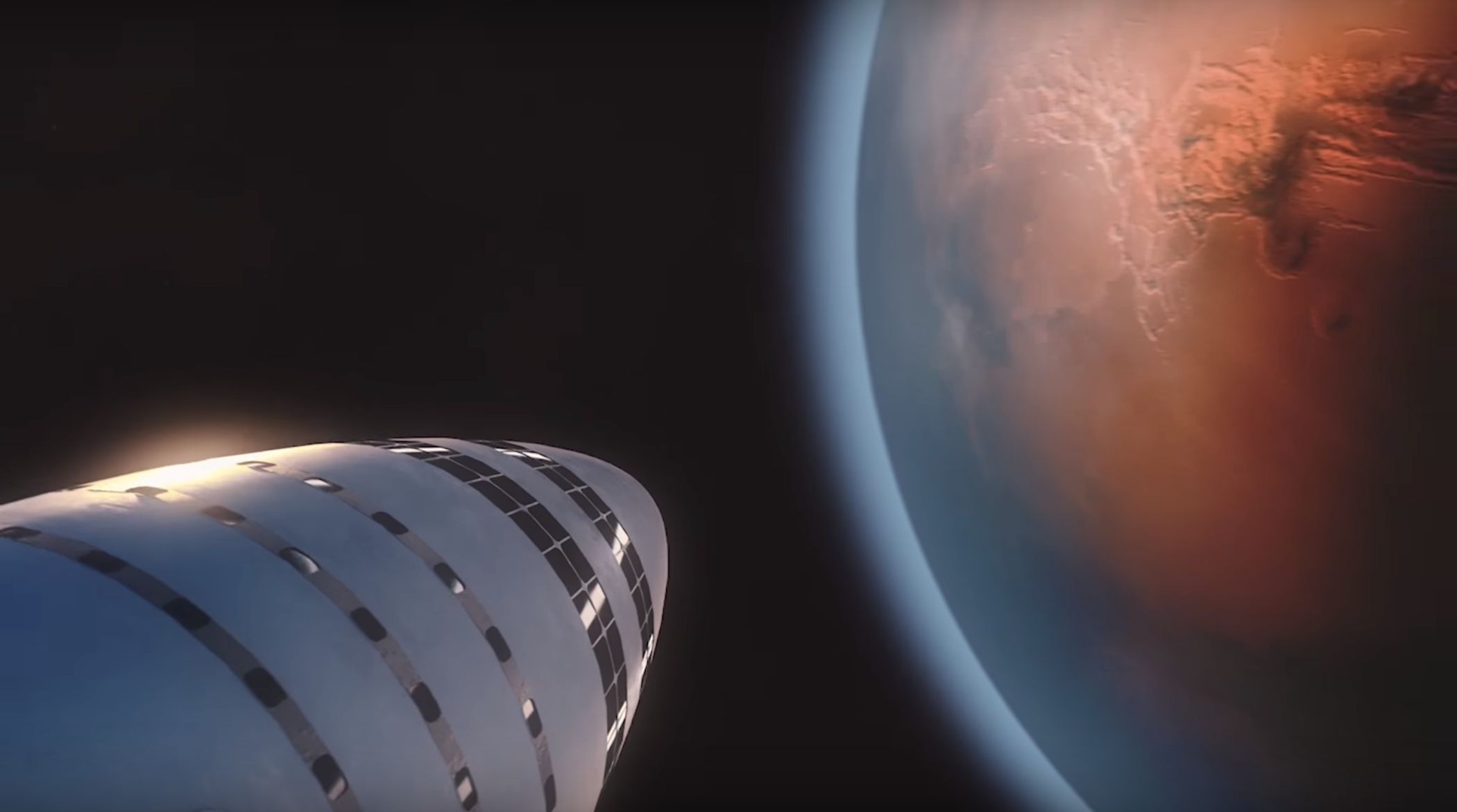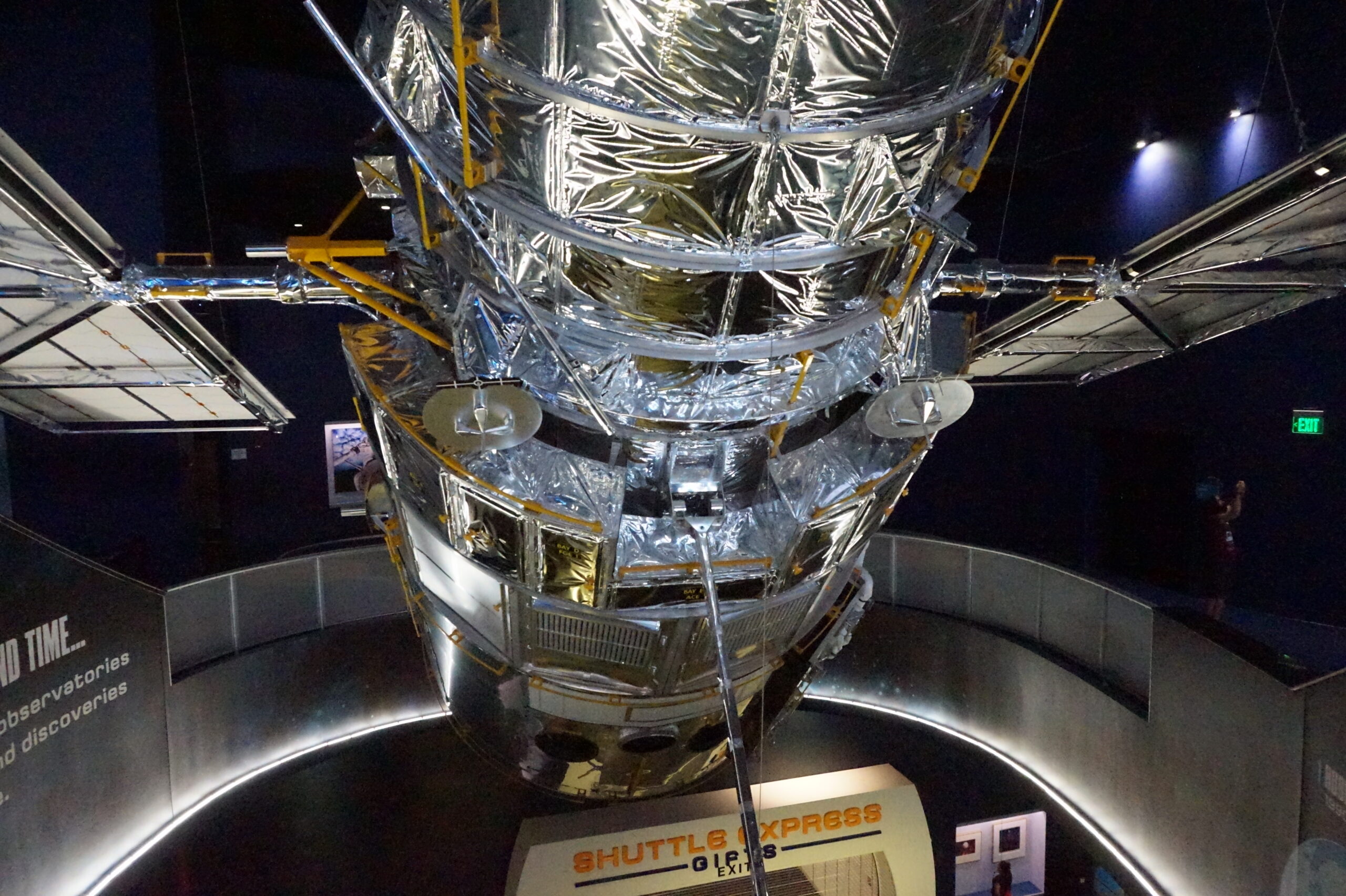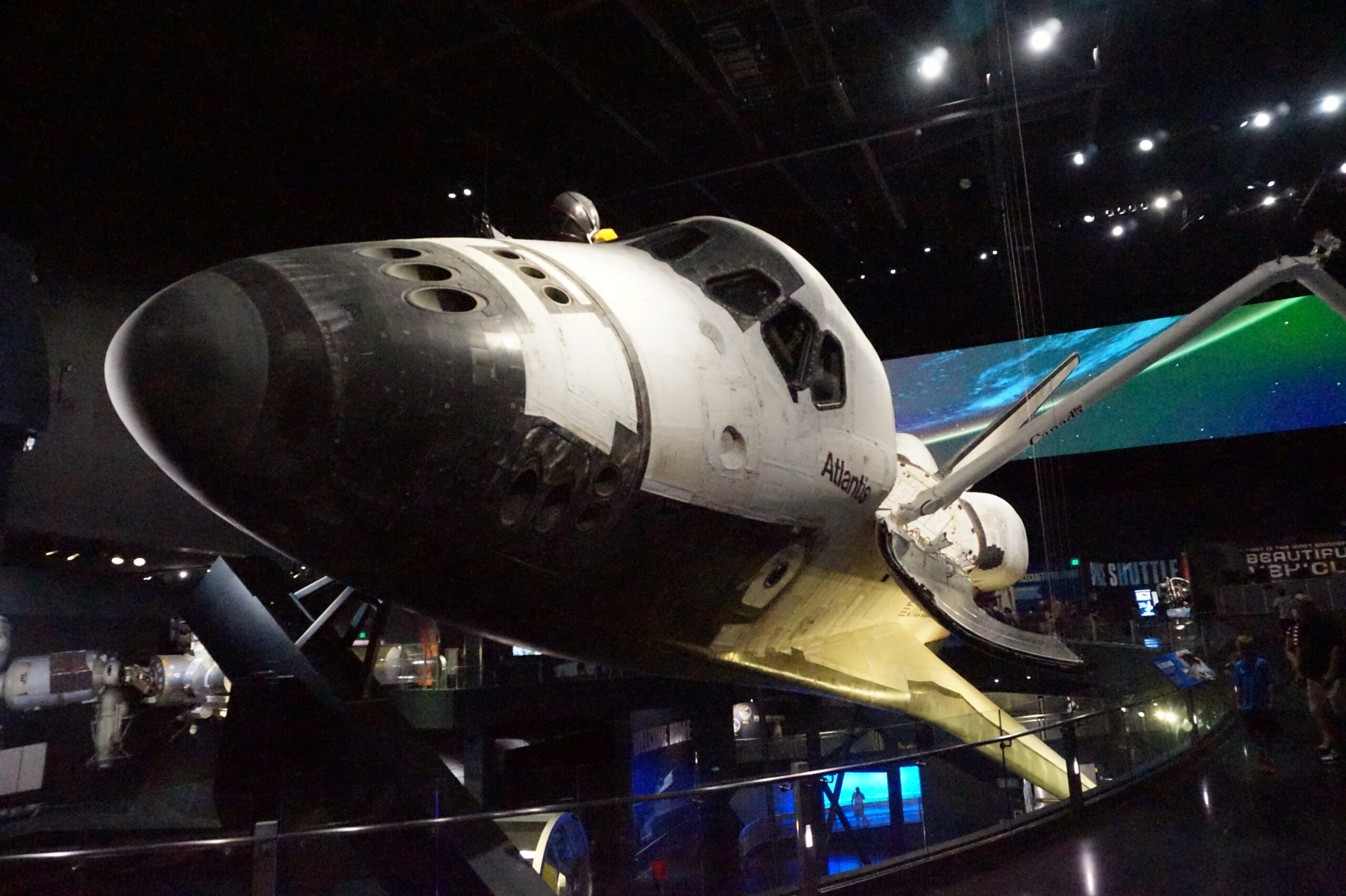
MARS
Welcome to the Red Planet, Mars! Situated approximately 225 million kilometers away from Earth, Mars has captivated our imagination for centuries. As we venture further into the cosmos, the prospect of exploring and eventually colonizing Mars has become an undeniable goal for humanity.
What is the current state of Mars exploration, the challenges that lie ahead, and what are the remarkable technologies being developed to pave the way for human colonization?
The Quest to Reach Mars The journey to Mars is no small feat. The first step involves launching spacecraft from Earth and propelling them towards the Red Planet. Over the years, several missions have paved the way for our understanding of Mars, including the Mars rovers (such as Curiosity and Perseverance) and the orbiters (like the Mars Reconnaissance Orbiter). These missions have provided invaluable data about the Martian surface, atmosphere, and potential resources.
Preparing for Human Exploration Before we can send humans to Mars, we must overcome numerous challenges. The first and foremost is the duration of the journey. Mars is located at an average distance of 225 million kilometers from Earth, making the trip last anywhere from six to nine months. Astronauts will face the effects of prolonged exposure to microgravity and cosmic radiation, requiring the development of advanced life support systems and protective shielding.
Companies Working their way toward Mars
| Company | Description | URL |
|---|---|---|
| SpaceX | SpaceX is a private aerospace manufacturer and space transportation company. They are actively developing the Starship spacecraft for Mars transportation and are focused on creating sustainable habitats on the planet. | SpaceX |
| NASA | NASA, the National Aeronautics and Space Administration, is the United States’ space agency. They are at the forefront of Mars exploration, conducting missions, developing habitats, and working on advanced life support systems for human missions to Mars. | NASA |
| Blue Origin | Blue Origin, founded by Jeff Bezos, is an aerospace manufacturer and suborbital spaceflight services company. They are working on the development of the New Glenn rocket for Mars transportation and are involved in the design of habitats for long-duration space missions. | Blue Origin |
| Boeing | Boeing is an aerospace company involved in the development of various space systems, including the Space Launch System (SLS). SLS is intended to be used for deep space exploration, including potential Mars missions. | Boeing |
| Lockheed Martin | Lockheed Martin is a leading global aerospace and defense company. They are involved in Mars missions, including the InSight lander and the Mars Ascent Vehicle concept. They also contribute to habitat development and robotics for future Mars exploration. | Lockheed Martin |
| Mars One Ventures | Mars One Ventures is a private space exploration company with a focus on Mars colonization. Their mission involves establishing a permanent human settlement on Mars and they are actively working on habitat development and life support systems. | Mars One Ventures |
| Airbus Defence and Space | Airbus Defence and Space is a division of Airbus Group, focusing on defense and space systems. They are involved in Mars exploration and technology development, including the development of instruments for Mars missions and advanced spacecraft concepts. | Airbus Defence and Space |
| Bigelow Aerospace | Bigelow Aerospace specializes in the development of expandable habitats for space applications. They are actively working on inflatable habitats for Mars missions and have developed concepts for long-duration crewed missions. | Bigelow Aerospace |
| Sierra Nevada Corporation | Sierra Nevada Corporation is an aerospace and defense company. They are involved in the development of habitats and life support systems for long-duration missions, including those related to Mars exploration and colonization. | Sierra Nevada Corporation |
| Mars Society | The Mars Society is a non-profit organization dedicated to promoting the exploration and settlement of Mars. They conduct Mars simulations, research, and advocacy to support the long-term goal of human colonization of the Red Planet. | Mars |
Note: This table represents a selection of prominent space companies involved in developing space tourism offerings. The industry is dynamic, and new players may emerge while existing companies continue to evolve their offerings. Please visit the respective website URLs for more information about each company’s space tourism initiatives.
Man’s Dream of Going to Mars
Innate Human Curiosity
Humans have an inherent desire to explore the unknown, and the cosmos remains our final frontier. Mars, with its relative accessibility and tantalizing similarities to Earth, is the prime candidate for our next great adventure.
Mars: A Potential Second Home
For survival and propagation of our species, having a “Plan B” is essential. Mars, being the most Earth-like planet in our solar system, naturally becomes the focus of this backup plan. The dream of establishing a self-sustaining colony on Mars represents the concept of humans becoming a multi-planetary species.
Scientific Advancement
The technological advancements necessary for manned missions to Mars will inevitably spur a multitude of innovations in various fields, from rocket propulsion and life support systems to advancements in artificial intelligence and sustainable resource use.
Understanding Our Place in the Universe
Reaching Mars and potentially discovering signs of past or present life would be a profound scientific discovery. It would revolutionize our understanding of life’s existence in the universe, possibly making us reconsider our place in the cosmos.
Inspiring the Next Generation
Just as the Moon landing inspired generations of scientists, engineers, and ordinary people, a manned mission to Mars can serve as a beacon of hope and aspiration. It symbolizes the power of human ingenuity and the limitless possibilities that lie before us.
Challenges of People Traveling to and Living on Mars
Long Duration of Travel
– The trip to Mars would take approximately 6-9 months, leading to a range of challenges like the need for sufficient supplies, potential health problems from prolonged weightlessness, and psychological stress.
Radiation Exposure
– On the journey to Mars and on the Martian surface, astronauts would be exposed to high levels of radiation from cosmic rays, increasing their risk of developing cancer and other health issues.
Microgravity and Health Issues
– Long-term exposure to microgravity can lead to muscle atrophy, bone loss, and cardiovascular problems. Adapting back to gravity after living on Mars could also be a significant challenge.
Harsh Martian Environment
– Mars has a thin atmosphere, intense cold, frequent dust storms, and a lack of liquid water. These conditions would pose substantial challenges to human survival.
Resource Scarcity
– Mars lacks readily available resources for humans, such as breathable air and drinkable water. Creating a sustainable source of these resources is a huge challenge.
Psychological Strains
– The isolation and confinement, coupled with being millions of miles away from Earth, could have significant psychological impacts on Mars’ inhabitants.
Terraforming and Habitability
– Making Mars a more Earth-like habitat, or terraforming, presents a massive challenge both in technology and ethics.
Get Access Now: [https://bit.ly/J_Umma](https://bit.ly/J_Umma)






